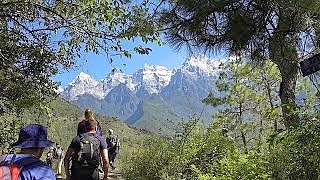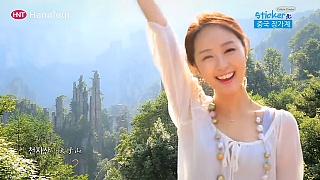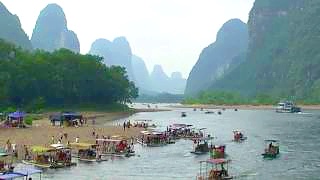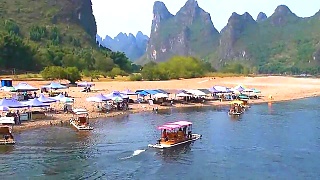With The New Atlas ...
[640],shadow=true,start=,stop=Related Videos
Featured Videos

|

|
|

|
In HuNan province. A UNESCO World Heritage Site.
A great film by Sticker Travel ...
|

|
China's ancient capital - a 3,600 year-old yet modern city in HeNan province.
With Walk East ...
|

|
|

|
A beautiful film by LiZiQi ...
|

|
Guilin to YangShuo ...
|

|
Unconditional love, trauma, flow (being in the moment), the ego, and more ...
|
 On the US empire
On the US empire

















